unit 2: context
Visiting Archives : The Museum of the Mind
I was thinking about how I could position my work in relation to archives. I visited the museum of the mind to look at the ways that mental illness is used as a catharsis and turned into art, to help my initial ideas come to fruition. This visit really stuck with me. Seeing how people in mental health institutions used art as a way to process their experiences made me think more about my own practice and how I use photography and sculpture as a form of catharsis. Much of the work in the gallery was a way to process internal chaos and disconnection, something I want to do in my own work. This has led me to explore my own presence within my work more physically.
I was thinking about how I could position my work in relation to archives. I visited the museum of the mind to look at the ways that mental illness is used as a catharsis and turned into art, to help my initial ideas come to fruition. This visit really stuck with me. Seeing how people in mental health institutions used art as a way to process their experiences made me think more about my own practice and how I use photography and sculpture as a form of catharsis. Much of the work in the gallery was a way to process internal chaos and disconnection, something I want to do in my own work. This has led me to explore my own presence within my work more physically.
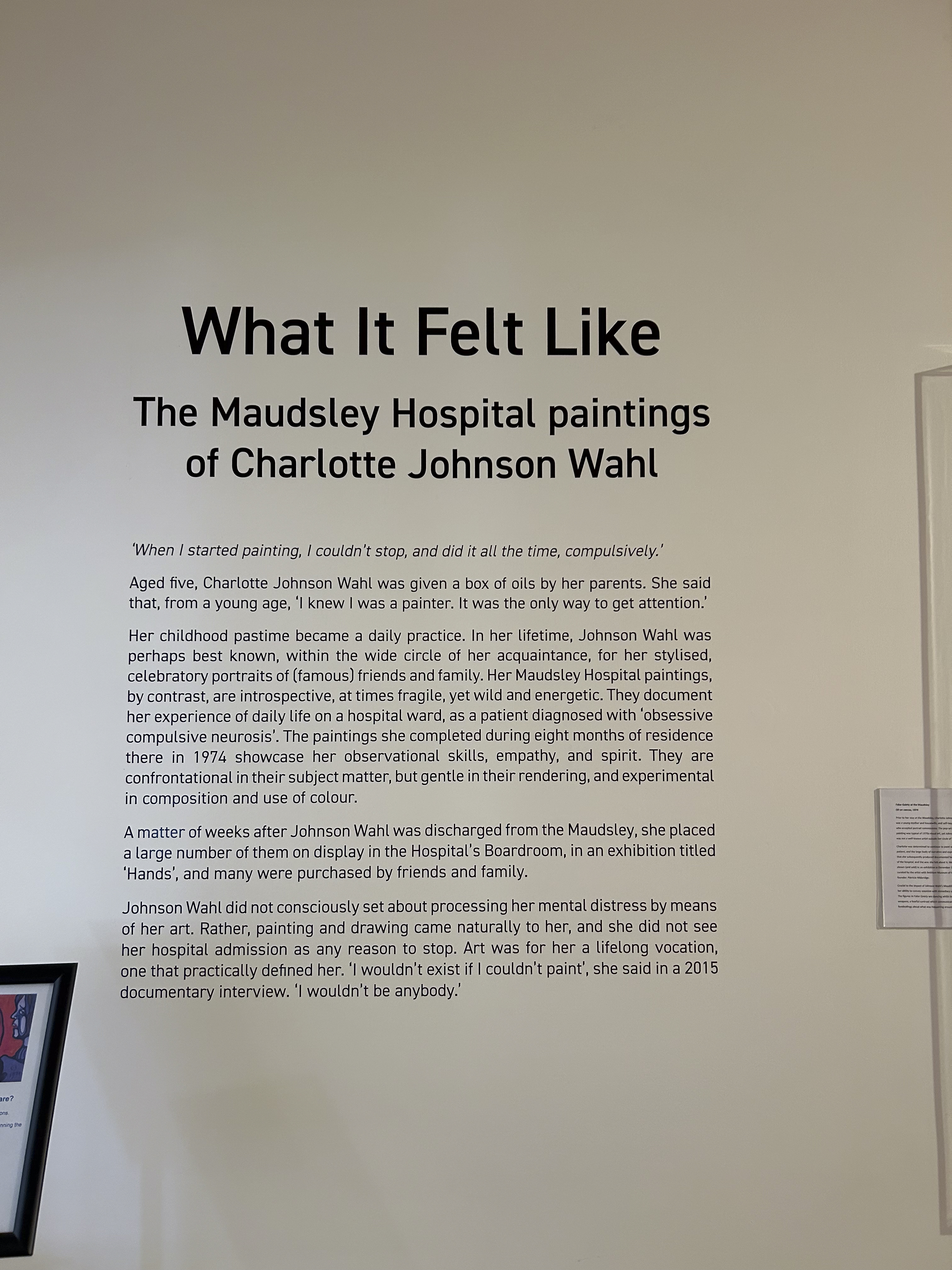
‘When I started painting, I couldn’t stop, and I did it all the time compulsively’
The quote made me reflect on the value of working more instinctively and intuitively ~ letting the process guide me rather than trying to control the outcome. It encouraged me to stop over-planning and instead make freely, allowing meaning to emerge through the act itself.



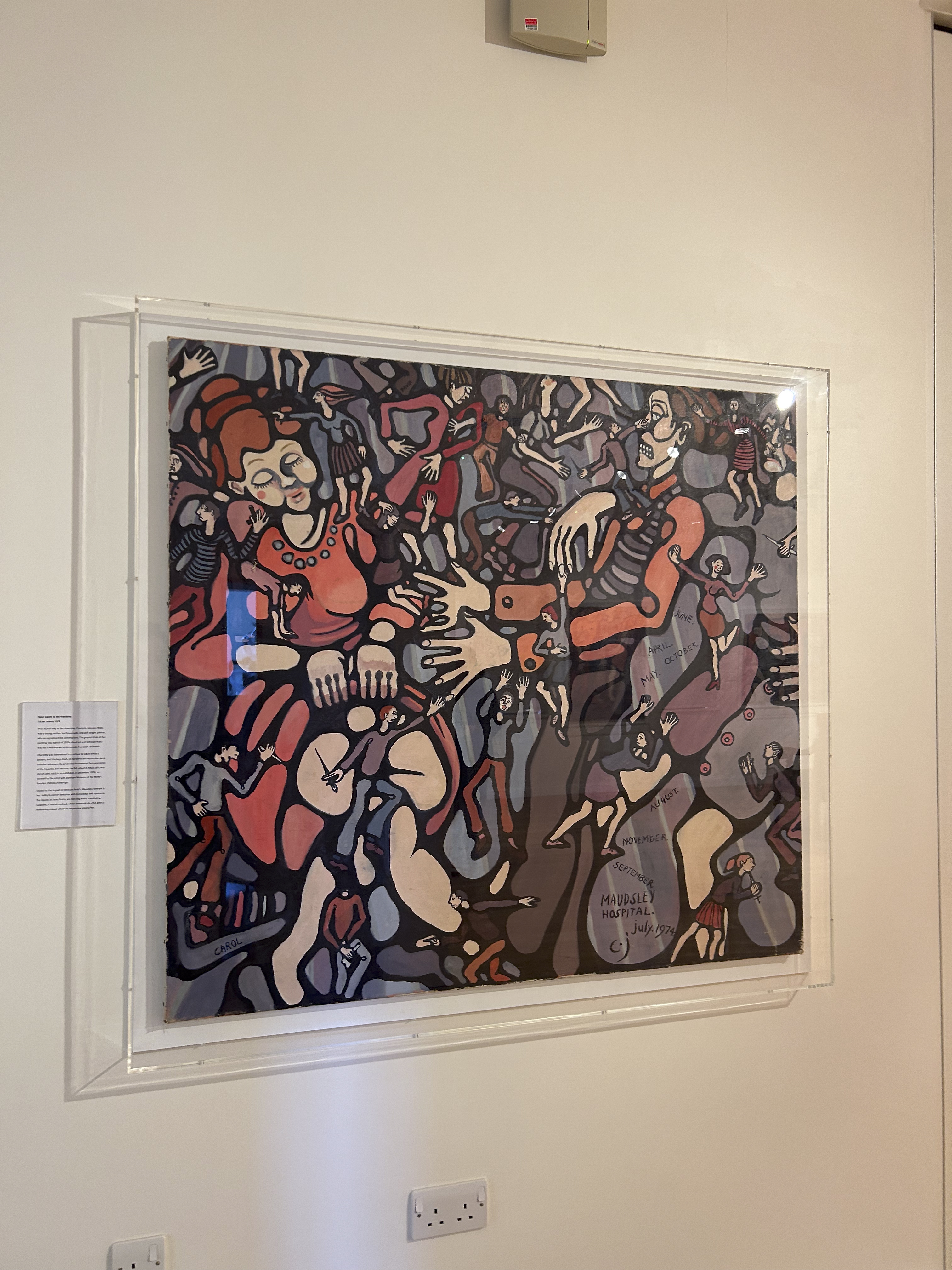
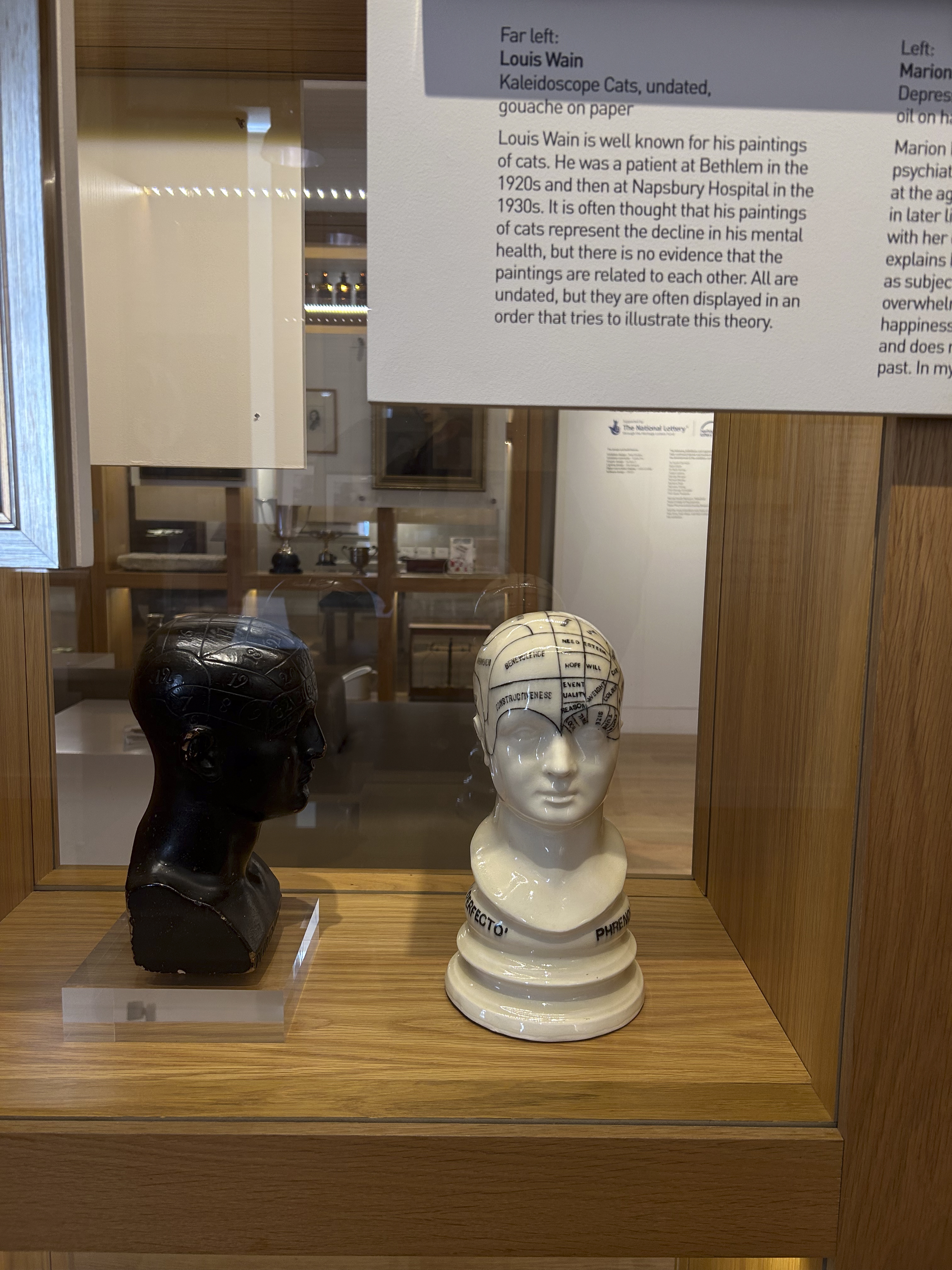

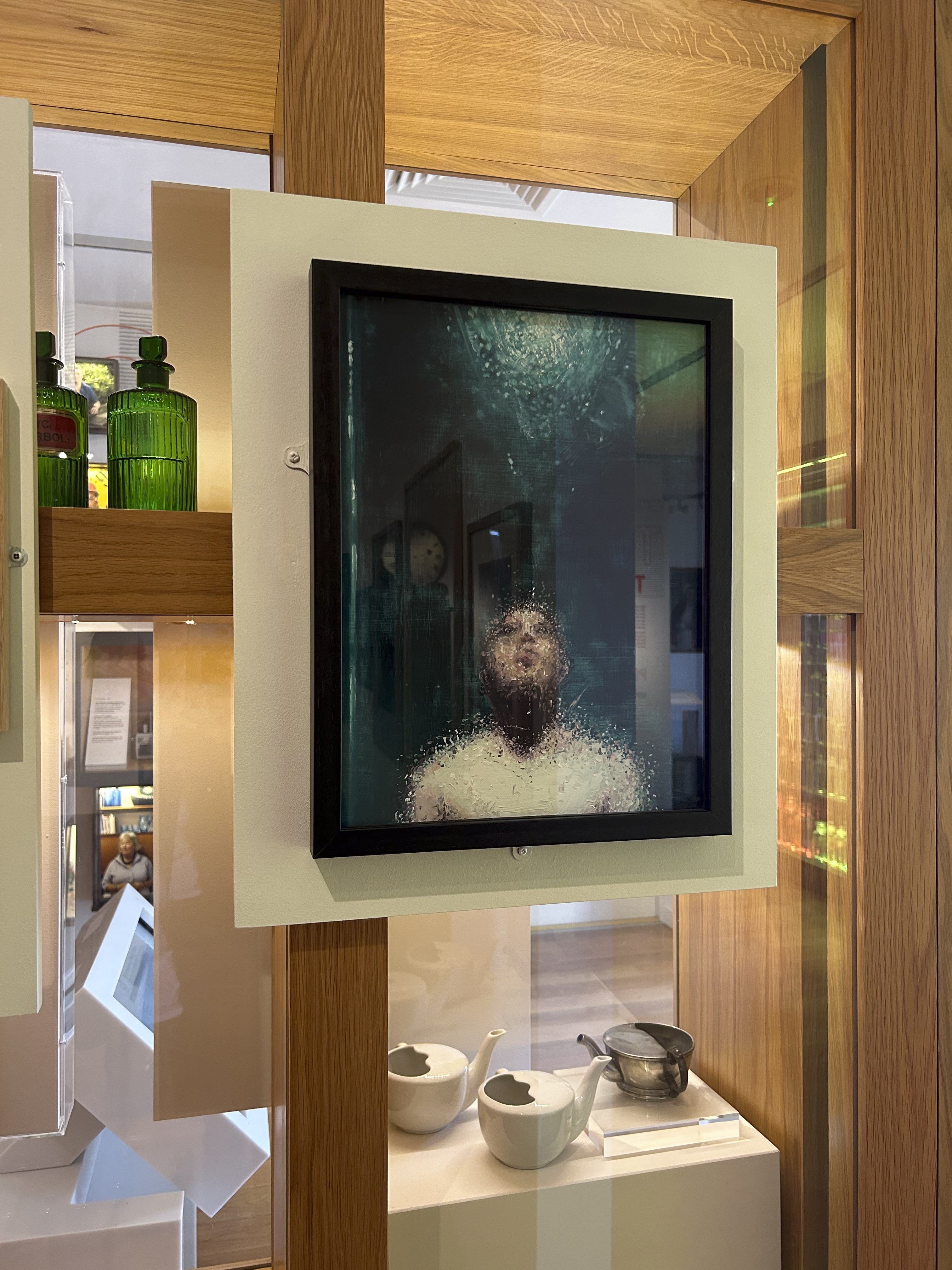
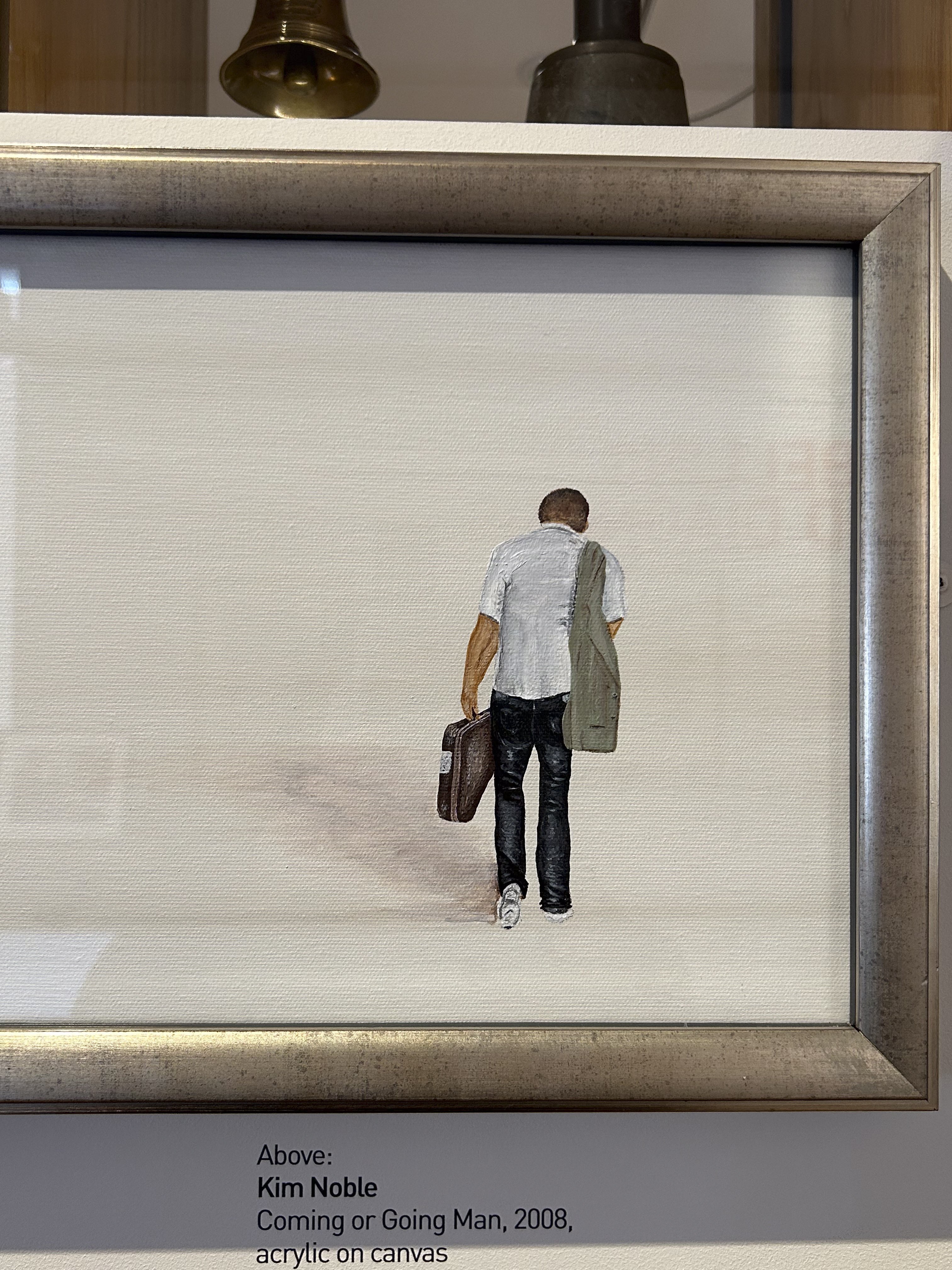
My first attempt at working intuitively / Using photo dice to take away the over planning :
t
Photo Dice
“Photo-dice (Zen for Photography) is an artwork that is also a game and tool for making images. Provoking questions about chance and control, the dice are a proposition which can simply be looked at and thought. The five dice contain core decisions about taking a photograph: the speed of the shutter, the size of the lens aperture, the sensitivity of the receiving surface, focusing distance, and the orientation of the photographer.”
Photo Dice
“Photo-dice (Zen for Photography) is an artwork that is also a game and tool for making images. Provoking questions about chance and control, the dice are a proposition which can simply be looked at and thought. The five dice contain core decisions about taking a photograph: the speed of the shutter, the size of the lens aperture, the sensitivity of the receiving surface, focusing distance, and the orientation of the photographer.”
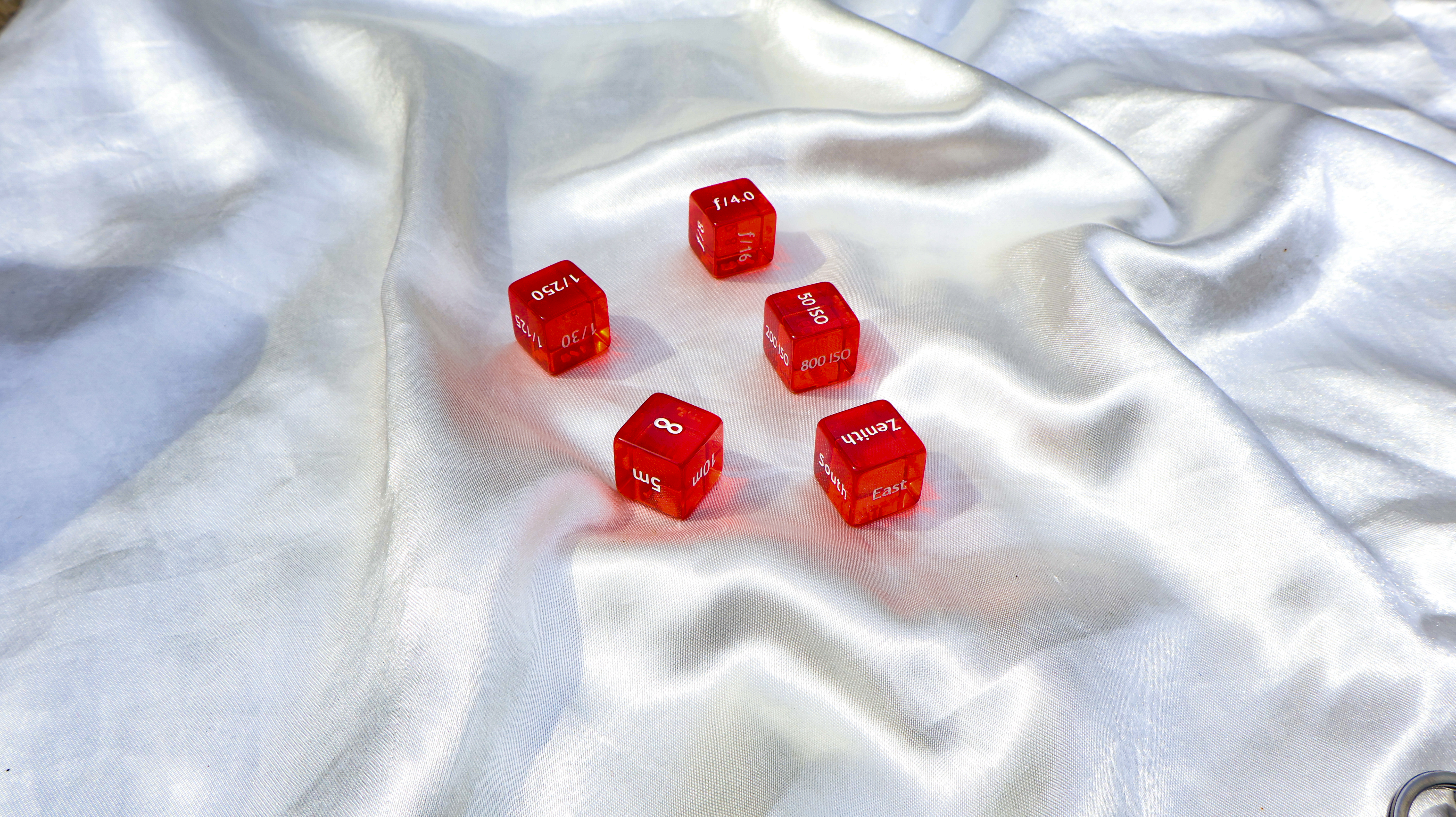
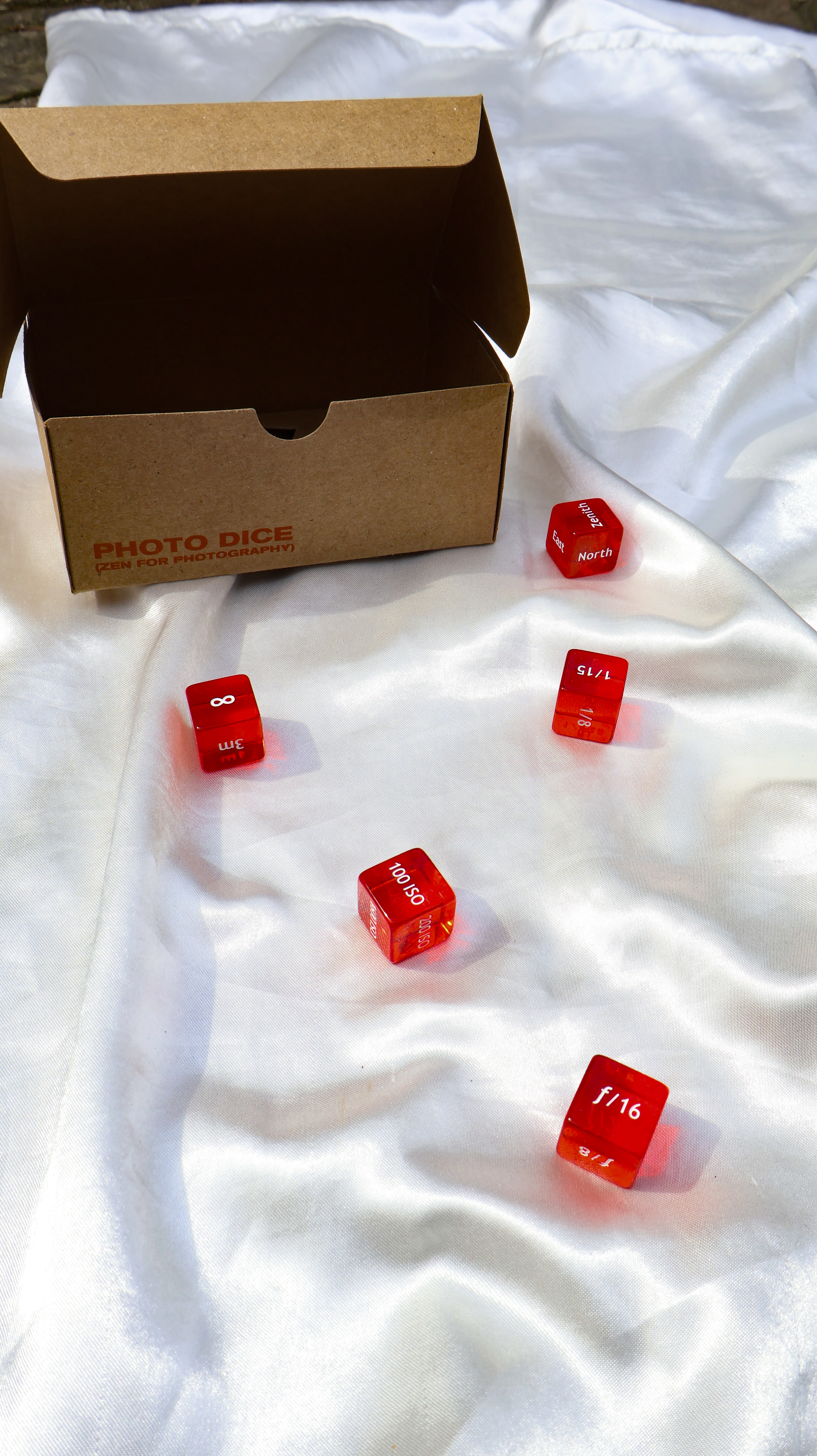

Recently, I’ve started incorporating Photo-dice into my process, it helps to encourages spontaneity by removing the pressure of decision-making. As someone who often gets caught up in overthinking and anxiety, especially around the outcome of an image or overplanning my work, the dice offer a kind of structured release. Each roll dictates core elements of the photograph: shutter speed, aperture, focal distance, orientation, which allows me to relinquish some control and lean into intuition and play. This feels deeply connected to the cathartic element of my work, whether that’s been through clay or photography. In both, I’ve sought to quiet the noise of self-doubt, and this approach becomes another way to create without the fear of making the “wrong” image. It lets me stay present, react to my environment, and make images that reflect the moment rather than a pre-constructed idea.

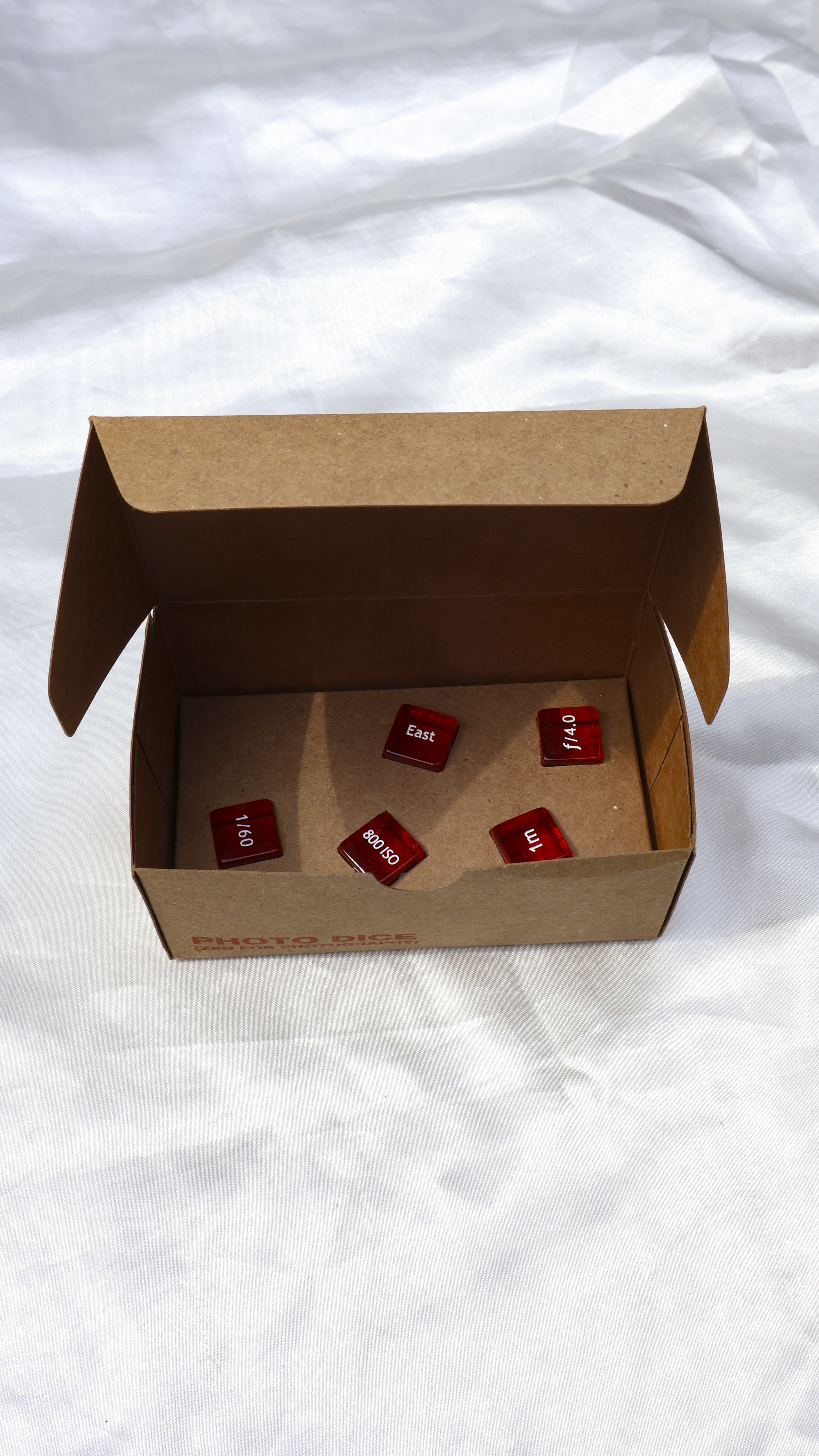


Photo experiments using dice



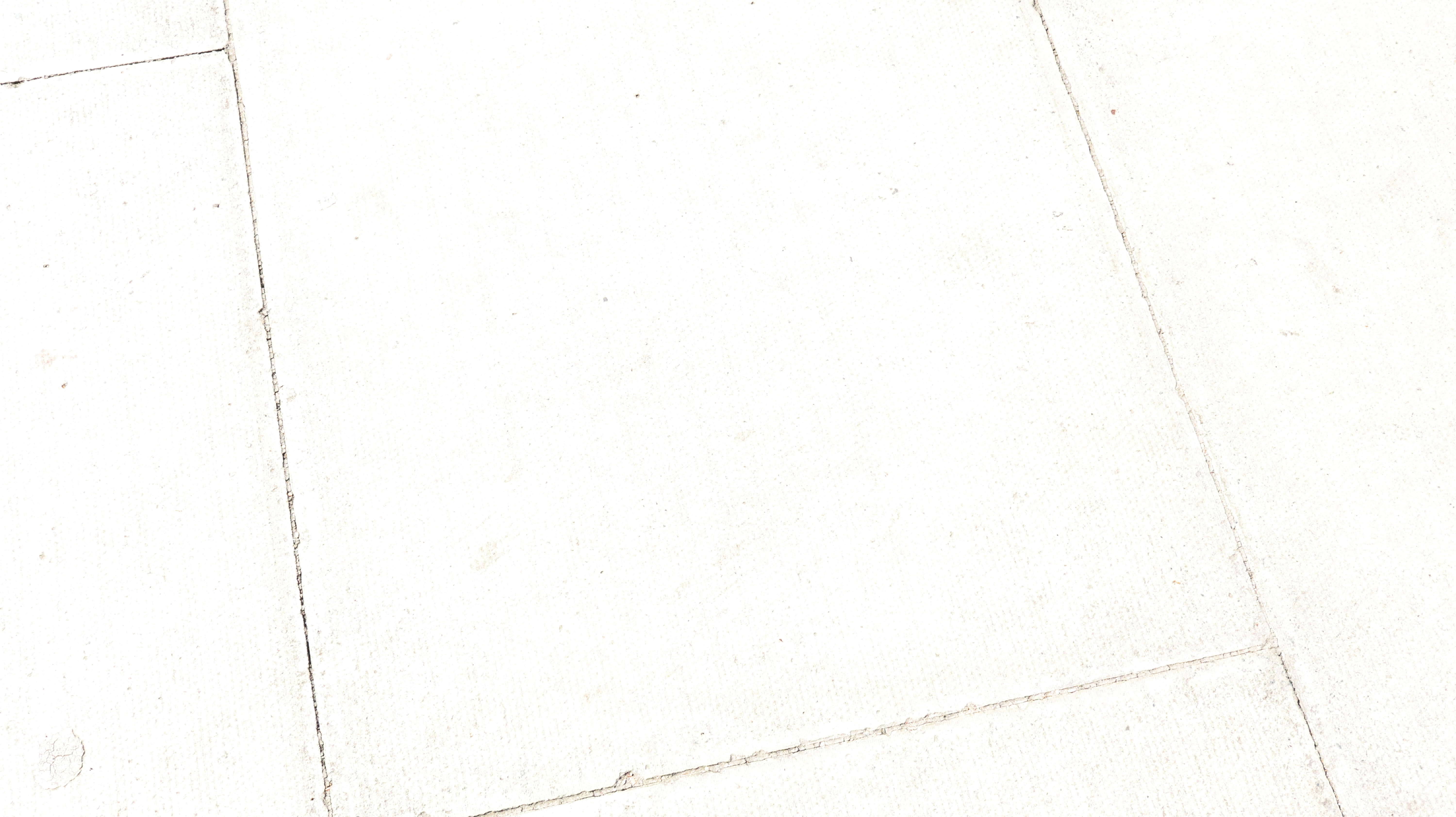
The Process:




Emma Hart : Mamma Mia! 2017
Ive found Emma Hart a really useful and insighful artist on my journey. As her work often reflects the chaos of thoughts, miscommunication, and domestic unease. I like her playful yet unsettling visual language and the way she processes anxiety through form.
She uses ceramics in a bold, almost confrontational way. Her installations often feature oversized, expressive forms like mouths, eyes and domestic objects. These speak to themes of communication, anxiety, and the chaos of inner life. Her work is both playful and unsettling, often exaggerating physicality to explore mental experience. Something that I am trying to explore within my work.



“Im constantly feeling discrepencies between what’s happening on the outside and what’s happening on the inside, I want to explore how sculpture and art might adress that discrepancy” (Hart, 2015).


I really connected with the way Emma Hart talks about her practice in this video, especially her thoughts on sculpture creating a relationship between the artist and the viewer. She says, “I'm not interested in being abstract. I want my work to be immediate and direct. I want you to be confronted with something, and I think therefore you have to have a clue what that something is.” (Hart, 2018).
That really stayed with me. I’ve often felt unsure about the more literal elements in my work, worried that being too obvious would somehow lessen its impact. But hearing Emma talk about clarity as a form of connection made me rethink that. Maybe it's okay or even important to be direct if the work is about something deeply personal, like fragmented identity or mental health. Ultimately I’m realising that this work is a reflection of my own story and my own sense of fragmented identity.
Instead of trying to obscure meaning, I’ve started to see how allowing the viewer a way in can be a powerful tool. It’s not about simplifying, but about offering something they can hold onto. This feels especially relevant in my journey of trying to make sense of myself and use the work as a way of processing things I can’t always put into words.
That really stayed with me. I’ve often felt unsure about the more literal elements in my work, worried that being too obvious would somehow lessen its impact. But hearing Emma talk about clarity as a form of connection made me rethink that. Maybe it's okay or even important to be direct if the work is about something deeply personal, like fragmented identity or mental health. Ultimately I’m realising that this work is a reflection of my own story and my own sense of fragmented identity.
Instead of trying to obscure meaning, I’ve started to see how allowing the viewer a way in can be a powerful tool. It’s not about simplifying, but about offering something they can hold onto. This feels especially relevant in my journey of trying to make sense of myself and use the work as a way of processing things I can’t always put into words.
Hart, E. (2018) Emma Hart: Mamma Mia!. [Video] Whitechapel Gallery. Available at: https://www.whitechapelgallery.org/events/artist-talk-emma-hart/ (Accessed: 15 May 2025).
Phoebe Cummings
Phoebe Cummings’ use of raw, unfired clay to create intricate installations really stood out to me. Her work embraces impermanence, allowing the material to shift, crack and collapse which makes the process feel alive and emotionally charged. Her piece After the Death of the Bear (2013) made me reflect on the way clay can hold tension and memory, even as it starts to fall apart. I though it might be something I could consider in my own practice, letting go of the neatness of the square ceramic pieces and thinking about the natural forms the clay can take. Although I’m not particularly interested in a time sensitive piece myself, I really like the idea of embracing the natural cracks, and forms that the clay take, rather than keeping it neat.
That fragility and openness to change really resonated with how I’ve been using clay to explore emotional states and fleeting moments. I initially started using clay as a way to work more freely, without being confined to the technicality of a camera and using my hands more, so this work reminded me and gave me permission to let go of polish or permanence and instead focus on materiality and process. I really like the large scale of this work too, a bit like Emma Hart’s ideas it immediately confronts the viewer with an idea. It made me consider the scale of my work.

